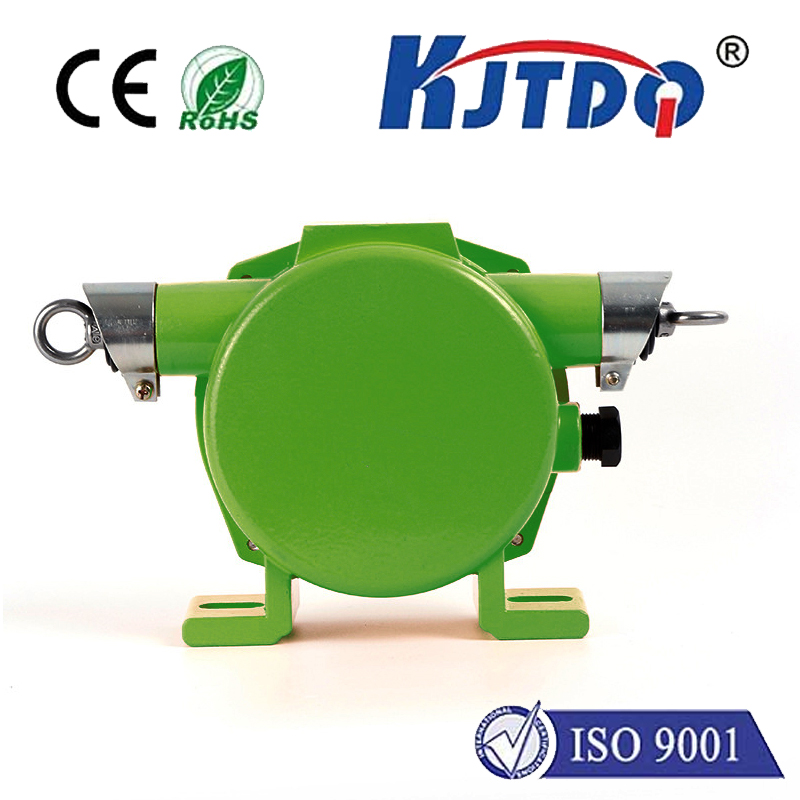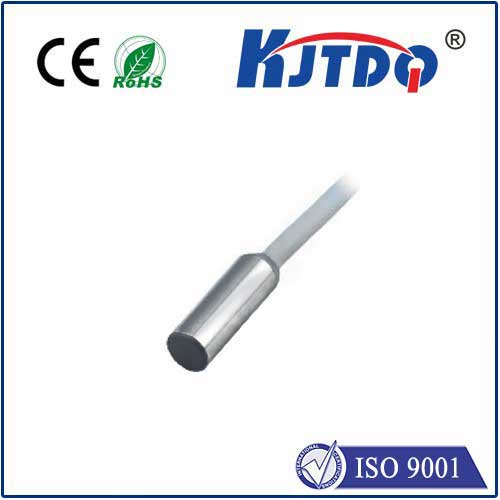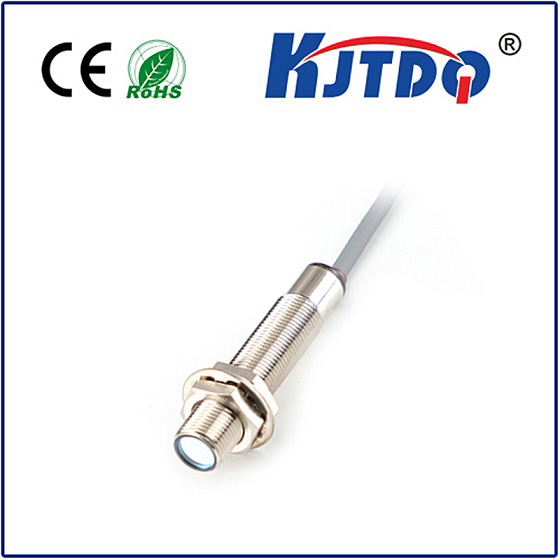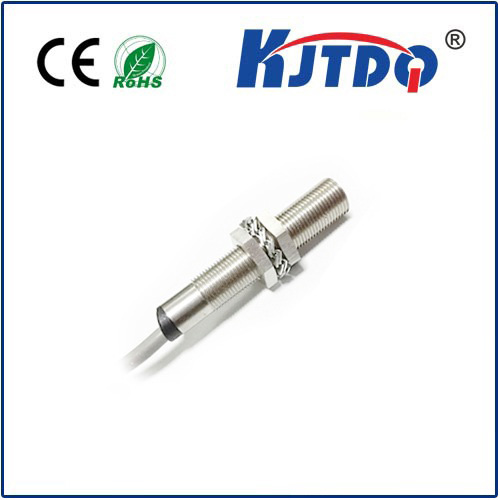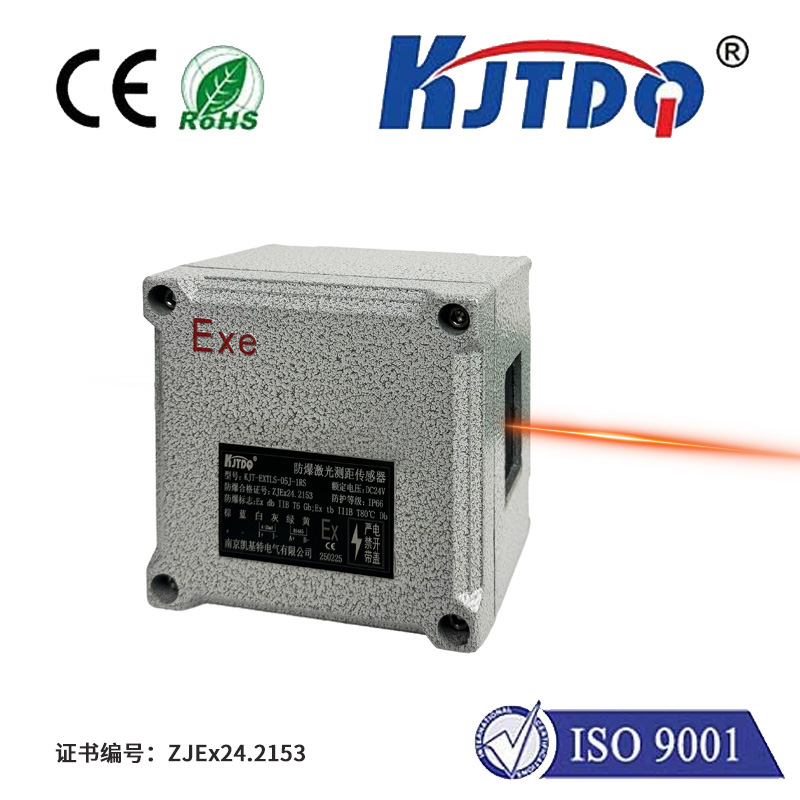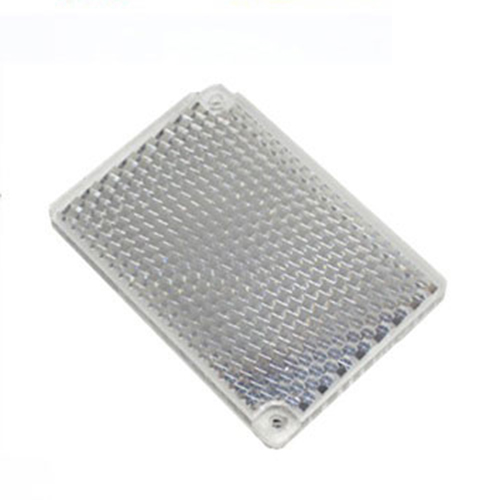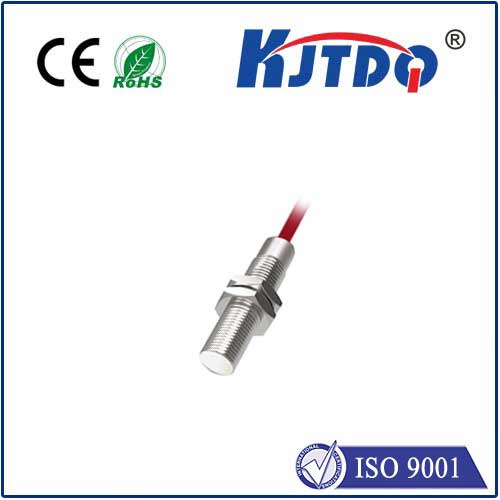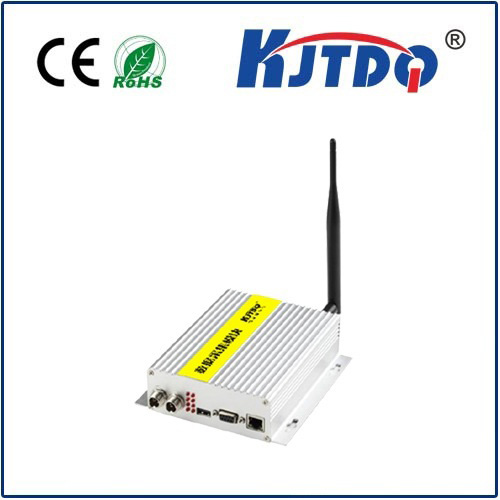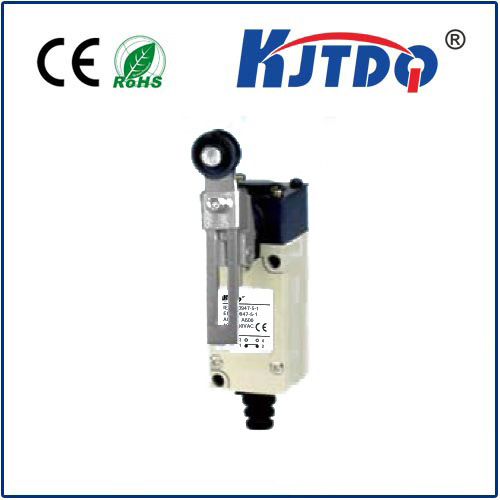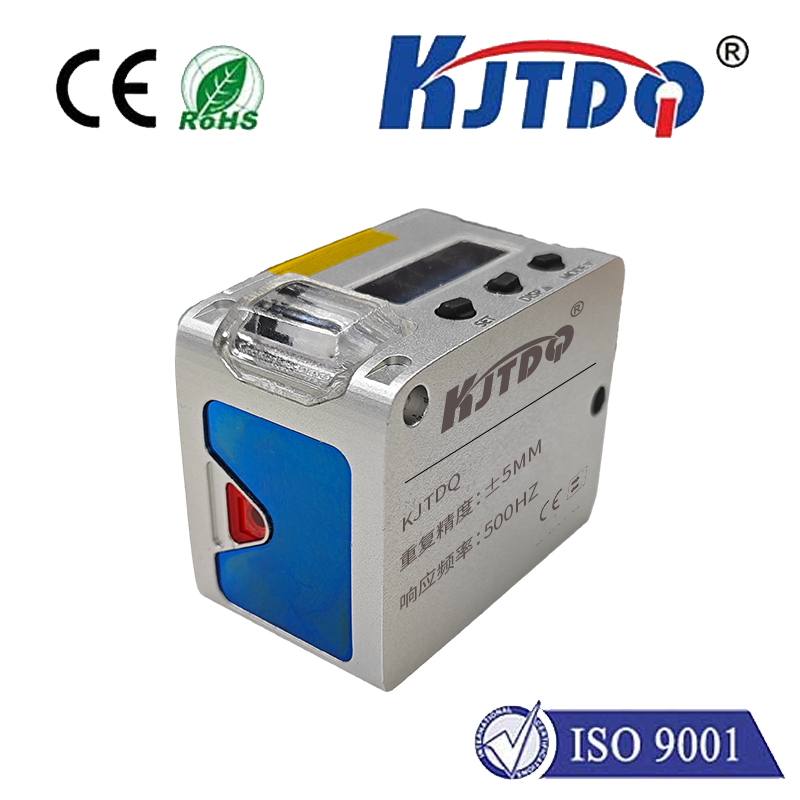Датчик приближения lora
- time:2025-07-11 03:38:10
- Нажмите:0
LoRa Proximity Sensors: Unlocking Long-Range Detection Efficiency
Imagine needing to know precisely when equipment enters a vast construction site, or tracking valuable assets across a sprawling industrial yard, or even monitoring the occupancy of parking spots throughout an entire city block. Traditional proximity sensors, limited by wires or short-range wireless technologies, struggle with these large-scale, complex scenarios. This is where LoRa proximity sensors emerge as a transformative solution, marrying the precision of proximity detection with the unprecedented long-range, low-power communication of LoRaWAN technology. They are rapidly becoming the cornerstone for efficient and scalable remote monitoring.
Understanding the Core: Proximity Sensing Meets LoRa
At its heart, a proximity sensor detects the presence or absence of an object within a designated range without physical contact. Common types like infrared (IR), ultrasonic, or capacitive sensors excel in short-distance applications. LoRa (Long Range) technology, on the other hand, is a low-power wide-area network (LPWAN) protocol designed for sending small amounts of data over extremely long distances – kilometers, even in challenging urban or rural environments – while consuming very little power.
А.LoRa proximity sensor combines these two capabilities:
- Sensing Element: The physical component (e.g., IR emitter/receiver, ultrasonic transducer) that detects nearby objects based on its specific technology.
- LoRa Module: The radio module that transmits the detection event (e.g., “object present” or “object absent”) wirelessly via the LoRaWAN protocol to a network gateway.
- Microcontroller: The brain that processes the sensor signal and manages the LoRa communication.
This fusion creates a device capable of detecting presence and reporting that detection over distances far exceeding traditional short-range wireless options like Bluetooth or Wi-Fi, all while operating for years on a single small battery.

How LoRa Proximity Detection Operates
The operational flow is elegantly simple:
- Detection: The sensor’s sensing element continuously monitors its immediate vicinity (e.g., 1-5 meters, depending on type and calibration).
- Trigger Event: When a valid object enters or leaves the detection zone, the sensor triggers an event.
- Data Processing: The onboard microcontroller captures this event.
- LoRa Transmission: The microcontroller formats this data into a small packet and instructs the LoRa module to send it.
- Gateway to Cloud: The LoRa signal travels through the air to a LoRaWAN gateway, typically located kilometers away. The gateway forwards the data packet over the internet to a network server.
- Actionable Insight: The network server processes the data and delivers it to the end-user application. This could trigger an alert, update a dashboard showing asset location, increment a counter, or automate a system response.
Why LoRa Proximity Sensors Are Game-Changers: Key Advantages
Their unique blend of features solves major challenges in remote monitoring:
- Unmatched Range: The defining characteristic. Deploy sensors kilometers away from the nearest gateway, covering vast areas like farms, mines, logistics yards, or entire campuses with minimal infrastructure. This drastically reduces deployment cost and complexity.
- Ultra-Low Power Consumption: LoRa’s efficient modulation allows sensors to transmit data using minimal energy. Combined with the sensor’s ability to sleep deeply between detections or transmissions, battery life can extend to *decades* in many applications, eliminating the high maintenance burden of frequent battery changes.
- Deep Penetration: LoRa signals effectively penetrate buildings, dense urban structures, and vegetation far better than technologies like Wi-Fi or cellular, ensuring reliable operation even in challenging environments.
- Massive Scalability: A single LoRa gateway can handle thousands of end-devices, making it feasible and cost-effective to deploy large sensor networks across cities or extensive industrial sites.
- Cost Efficiency: While individual sensor module costs can vary, the overall system cost is often lower due to minimal infrastructure needs (fewer gateways), minimal power costs, and dramatically reduced maintenance labor.
Key Applications Driving Adoption
The versatility of LoRa proximity sensors fuels innovation across numerous sectors:
- Industrial Automation & Safety: Monitor access to restricted zones, detect personnel or vehicles approaching hazardous machinery (safety interlocks), track tool locations within factories, or confirm the presence of goods on pallets in warehouses. Enhancing worker safety is a major driver.
- Smart Building Management: Optimize space utilization by detecting room occupancy for lighting/HVAC control, monitor door/window status for security or energy saving, track portable equipment (like medical carts in hospitals).
- Asset Tracking & Logistics: Monitor the presence/absence of high-value assets in storage yards, track trailers at depots, provide geo-fencing alerts when tagged items move beyond designated zones within large facilities.
- Smart Cities: Detect available parking spaces in real-time, monitor waste bin fill levels to optimize collection routes, track city assets (e.g., maintenance carts, rental bikes/scooters), or monitor access to public infrastructure.
- Сельское хозяйство: Track the presence of livestock near watering points or specific gates, monitor the movement of equipment across large fields, detect unauthorized entry onto farmland.
- Supply Chain & Warehousing: Monitor the loading/unloading status of docks, track pallet locations within vast distribution centers, ensure assets are staged in correct areas.
Choosing and Implementing: Considerations
Selecting the right LoRa proximity sensor involves key factors:
- Detection Method: Is IR (good for solid objects) or ultrasonic (better for varied surfaces, ignores color/lighting) more suitable?
- Detection Range & Sensitivity: What distance and object type must it reliably detect? Adjustability? Calibration is often crucial.
- Power Source & Battery Life: Verify the projected lifespan meets your maintenance schedule. Consider solar options for always-on scenarios.
- Housing & Environmental Rating (IP): Does it need to withstand dust, water, extreme temperatures, or vandalism in outdoor or industrial settings?
- LoRaWAN Compatibility: Ensure it operates on the intended regional frequencies (e.g., US915, EU868, AS923) and supports necessary LoRaWAN classes.
- Data Payload & Transmission Mode: How frequently does it need to report? Does it send only on detection events (most efficient) or periodically?
Integration: Deployment requires planning the LoRaWAN network (gateway placement, network server choice) and seamlessly connecting the sensor data to your backend application or IoT platform for visualization, alerts, and automated actions. Effective network planning ensures reliable coverage.







